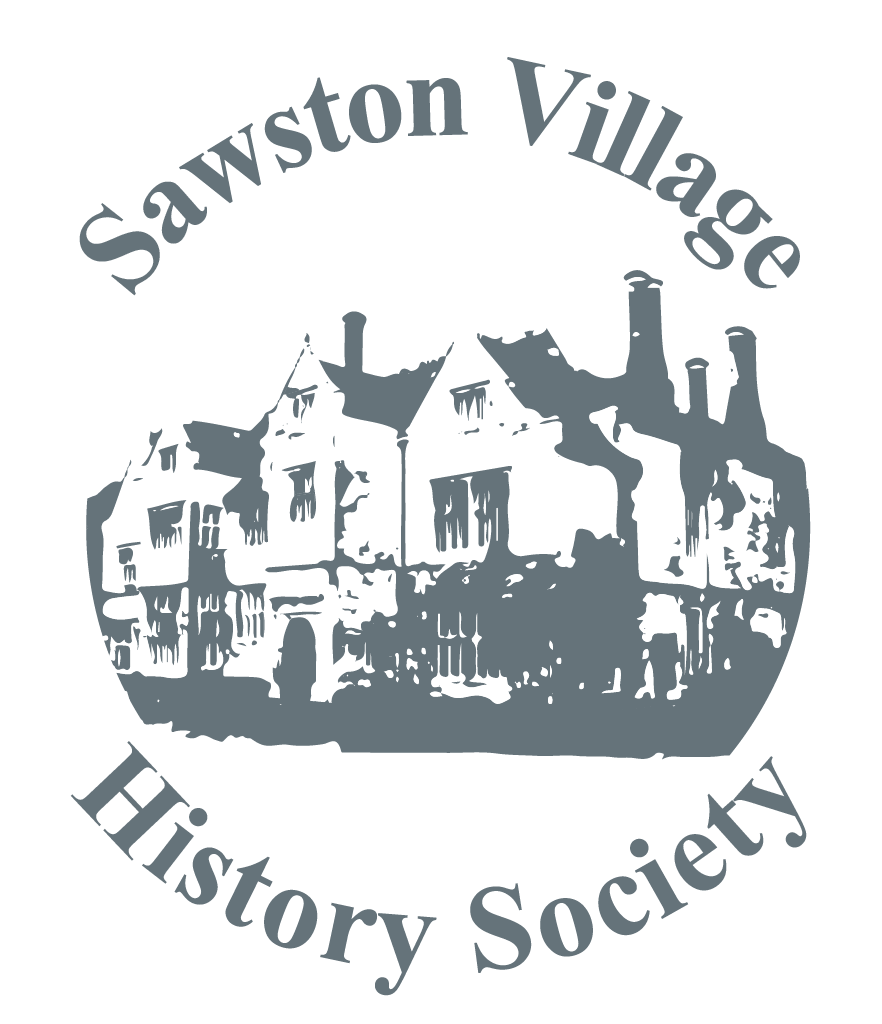
Sawston Village History Society enjoyed a very interesting talk by Richard Jessop on the history of Audley End House on 12th May.
The present house dates from 1603, but originally was about four times the size of what we see today. It is on the site of the former Walden Abbey which passed to Thomas Audley at the dissolution of the monasteries. He was a lawyer who had been speaker of the House of Commons, and succeeded Sir Thomas More as Lord Chancellor. Like many country houses, Audley End was built to impress and to provide accommodation for royal progresses. James I visited several times and is said to have remarked that it was too good for a king, but that it would do for a Lord Chancellor. It is believed to have cost £200,000 to build, whereas Hatfield House only cost £40,000.
The House passed down to Thomas Howard, who had been in the fleet that defeated the Armada. He became a favourite of James I, and was created Earl of Suffolk and served as Lord Treasurer. His son inherited his fatherís debts as well as the house, which was sold to Charles II. At this time the clerk of works for the house was Thomas Winstanley, whose drawing shows the full size of the original house. He was famous for having built the first Eddystone lighthouse, but died in it when it was swept away in a storm.
In the time of William of Orange the house returned to the Howards, and they demolished part of the original house. Some of the stone is said to have been used in houses in Saffron Walden. In 1742 the 10th Earl of Suffolk married into trade, which provided funds for many repairs. The widespread use of quickly wearing clunch is responsible for the mottled appearance visible today, particularly at the rear.
Unfortunately the 10th Earl soon died intestate. His widow held an auction which lasted four days and sold everything in the house and went back to London. The estate was divided up and the Countess of Portsmouth got the land and bought the house and refurbished it.
She died in 1763 and left the house to her nephew Sir John Griffin Whitwell, who was keeper of the kingís lighthouses. This must have been a quite lucrative post as he continued making improvements. Capability Brown laid out the gardens and park, and Robert Adam worked on interiors.
When he died in 1797, the house passed to the Nevilles of Berkshire, the Lords Braybrooke. Many of the present furnishings date from the third Lord. The agricultural depressions of the 20th century resulted in a difficult time for the house. After World War II the house was offered to the National Trust, who declined it as it did not come with funds to maintain it. During the war it had been used to house the Polish section of SOE. The house passed to the Crown and is administered by English Heritage, which is an arm of government.